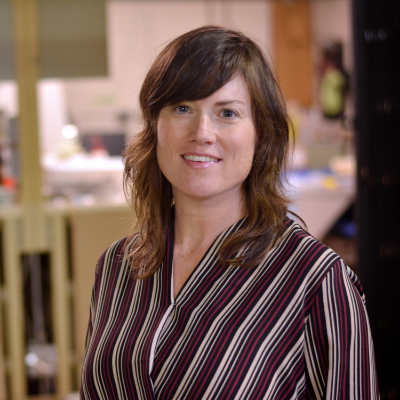Abstract: Tropospheric chemistry and air quality are strongly influenced by source emissions. In the western US, much attention has been focused on the air quality impacts of wildland fires; and recently, changes in air quality associated with COVID-19 shelter-in-place restrictions. Fires emit high levels of trace gases, including semi-volatile and volatile organic compounds (S/VOCs); and primary (directly emitted) particulate matter (PM). During plume evolution, S/VOCs react to form ozone (O3) and secondary PM, thereby degrading air quality downwind. The amount of pollutants formed depends on fuel and fire characteristics, and plume dynamics and chemistry. Unfortunately, model predictions of O3 and PM from wildland fires are characterized by significant uncertainties. While there are a number of factors that lead to poor model predictions, research in our group has focused on three particular limitations: 1) incomplete identification and quantification of gaseous compounds emitted from fires that may serve as pollutant precursors; 2) incomplete understanding of the transformations of the precursors that lead to pollutant formation in smoke plumes; and 3) over-simplified representation of emissions and processes in current smoke and air quality models. Somewhat analogously, urban anthropogenic sources also emit large quantities of S/VOCs that react to form O3 and secondary PM. Changes in anthropogenic activity as result of COVID-19 restrictions have provided an opportunity to test recent hypotheses about the changing mix of VOCs emitted by urban anthropogenic sources and the relative importance of emerging anthropogenic sources for secondary pollutant formation; as well as to test our abilities to represent the chemistry of these sources in predictive models. In this talk, I will present an overview of our efforts in these areas: applying advanced analytical techniques to characterize the S/VOCs in smoke as a function of fuel species and component, and the S/VOCs over the LA Basin during COVID-19 shelter-in-place restrictions; using chemically-detailed box models to develop air quality model parameterizations; and developing a comprehensive emissions inventory that is broadly useful in air quality model applications.
Speaker:
Institution:
Location:

